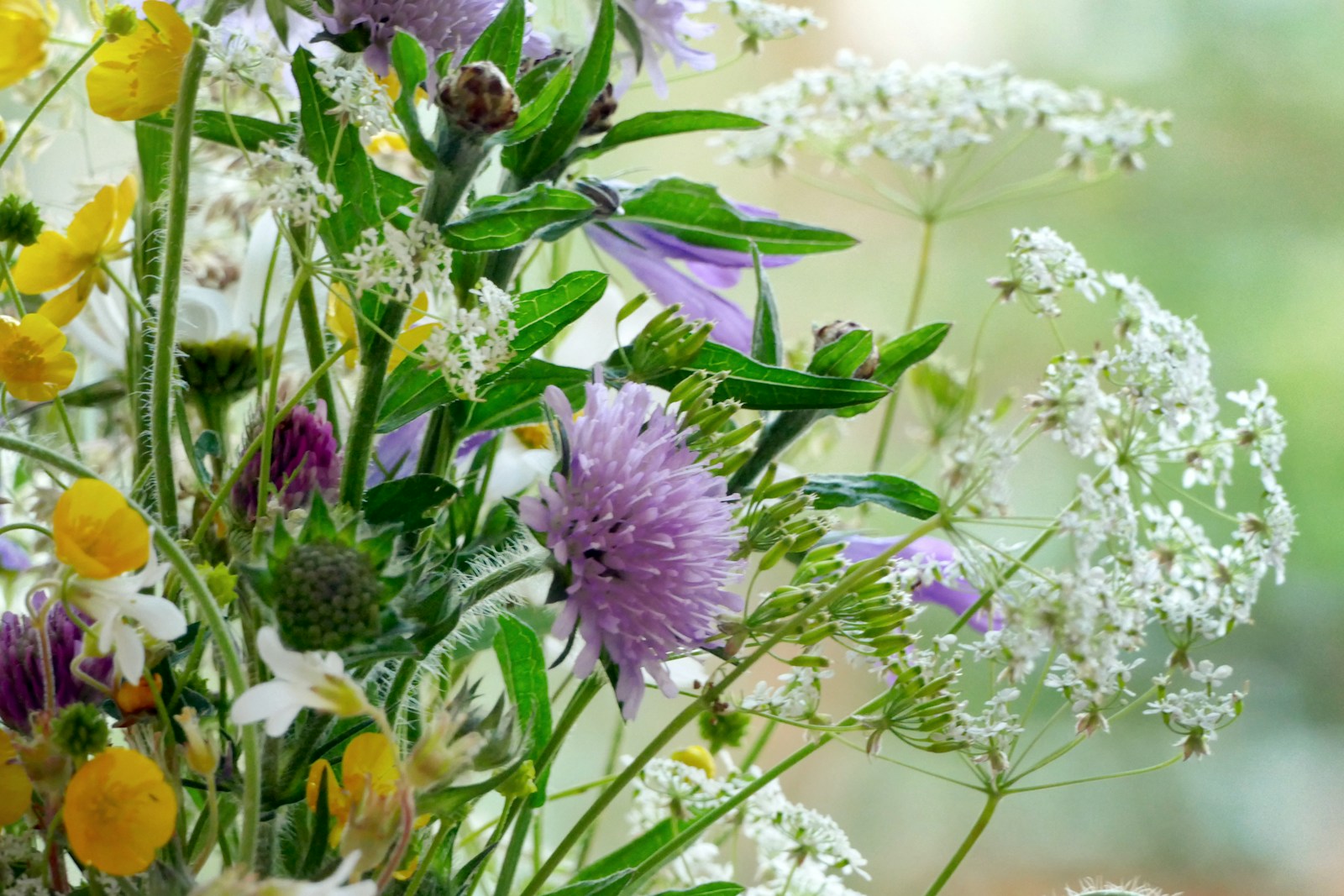Pollen counts for 12 species of plants and trees known to trigger reactions will be taken daily until late-September, with Euro periods of pollen release becoming longer across Europe.
The James Hutton Institute is responsible for collating this data and producing analyses that inform policy decisions and drive tech innovation in everything from air quality to fungal spore spread.
A member of the UK Pollen Monitoring Network, which is run by the Met Office, the world-leading scientific organisation is one of the longest serving members of the group. One of just two pollen monitoring facilities in Scotland, the data gleaned helps with forecasting for central and eastern regions of the country.
The pollen season is divided into three key periods. These are tree pollen, from late-March to mid-May, grass pollen, from mid-May to July, and weed pollen, which is most evident from the end of June though to late-September.
‘Allergens carried in airborne pollen are associated with both asthma and hay fever, resulting in reduced productivity with an annual cost to the UK economy of around £3 million,’ said Dr Roy Neilson, Group Leader Plant Soil Interactions, at the James Hutton Institute. ‘Forecasting is therefore an essential tool to provide advanced warning of an impending pollen event, which is supported by the pollen data collected by the Hutton.’
In February, experts warned tree pollen season would be more severe than usual, with alder pollen and hazel causing the greatest problems. Around 13million people in the UK are believed to suffer from hay fever, and the season itself is becoming longer, with oak and grass in particular releasing pollen over long periods of time.
Image: Maria Hossmar / Unsplash
More on nature, climate change, sustainability and biodiversity:


















